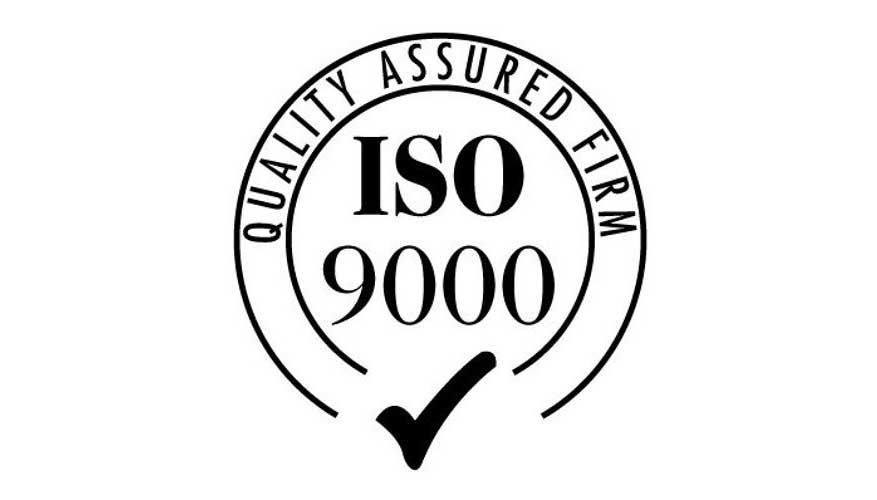Table of Contents
ISO: They are the abbreviations in English for the International Organization of Normalization, or International Organization for Standardization.
The International Organization for Standardization is an independent, non-governmental entity, founded in February 1947 and composed of national standardization and quality management organizations from more than one hundred and sixty member countries on all five continents.
The ISO creates and disseminates regulations that provide guidelines, requirements and specifications that used in a consistent and disciplined manner ensure “quality” in materials, processes, products and services. From its creation and up to the present the ISO, has documented and published more than 22,000 norms which can be acquired and some certified, through its members in each of the countries.
Let’s see in this installment the basic steps to obtain one of the most widespread certifications of the ISO,the ISO9001: 2015 of the ISO 9000 family.
What is the ISO 9000?
The ISO 9000 is the set of standards on quality management, represent a set of standards that assess the quality management system of an organization, regardless of size, activity or scope.
According to ISO, the standards addressed by ISO 9000 provide guidance and tools for companies and organizations to ensure that their products and services consistently meet customer requirements, and that quality management progressively improves.
The ISO 9000 Family
The ISO 9000 family is one of the important series of standards and standards issued by the ISO. It covers important aspects related to quality management.
The ISO 9000 Family is composed of a set of standards that address many aspects of quality management and meets some of the most widely used ISO standards.
According to the ISOtools.org portal, the ISO 9000 series covers a set of standards from ISO 9001, 9002, 9003 and 9004. Where the ISO 9001 standard gathers all the criteria to ensure a quality management system and is the only standard of the ISO 9000 family that can be certified.
What is the ISO 9001 Certification?
The ISO 9001 standard is the only certifiable standard of the ISO 9000 family. Its latest edition corresponds to the year 2015, which is why it is known as ISO 9001: 2015.
We must clarify that ISO 9000: 2015 as a standard, states concepts and fundamental principles of quality management that are universally applicable to any type of company.
For its part, ISO 9001: 2015, establishes the criteria for a quality management system.
The ISO 9001, describes a series of inherent principles to the management of quality oriented to the client, the motivation and involvement of the direction and the approaches of continuous improvement of the processes.
The principles of quality management, based on the ISO 9001: 2015 standard, are available for free on the official ISO website.
A company that achieves ISO 9001 certification, has the reputation and image of offering consistent products and services, under an internationally guaranteed philosophy of quality, which translates into important benefits.
Obtain the ISO 9001 Certification steps and requirements
In order to be certified through ISO 9001, the company must set a scope. What processes do you want to certify and what areas do you expect to involve?
Each member of the organization must have a clear idea of the commitments and benefits of obtaining certification and must be prepared to incorporate the Quality Management Systems in their different areas and functions.
The standard requires the preparation of a series of documents that meet the Quality Management System, its policies and procedures.
The standard also refers to an implementation project, through which the company develops quality criteria appropriate to its nature and applies them through the quality management system, the basic aspects that must be addressed are:
- Quality structure of the organization
- Responsibilities of each member or employee
- Definition of internal and external client
- Documentation of the activities of each area and process
- Valuation regarding the ISO9001 standard (internal audit)
- Identification of areas for improvement
- Responsible for the application of corrective and monitoring.
When those responsible for the implementation deem it appropriate, they may submit to the audit by a representative or member authorized by the ISO at the national level.
With the right preparation and support of someone with relative experience in implementing a system of quality management, it is possible to obtain the certification ISO 9001 at a time which can range between three to six months, depending on the business size and complexity of the processes.
